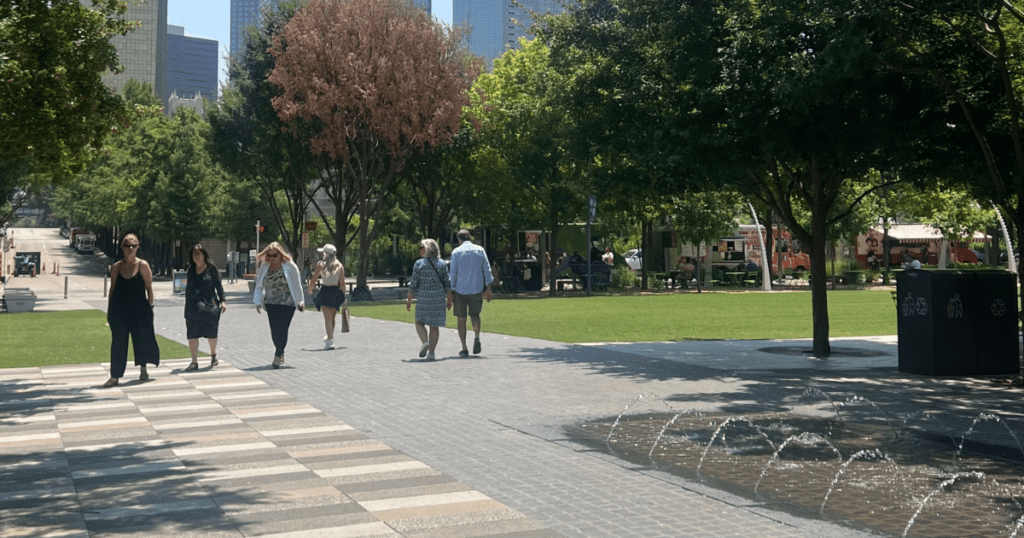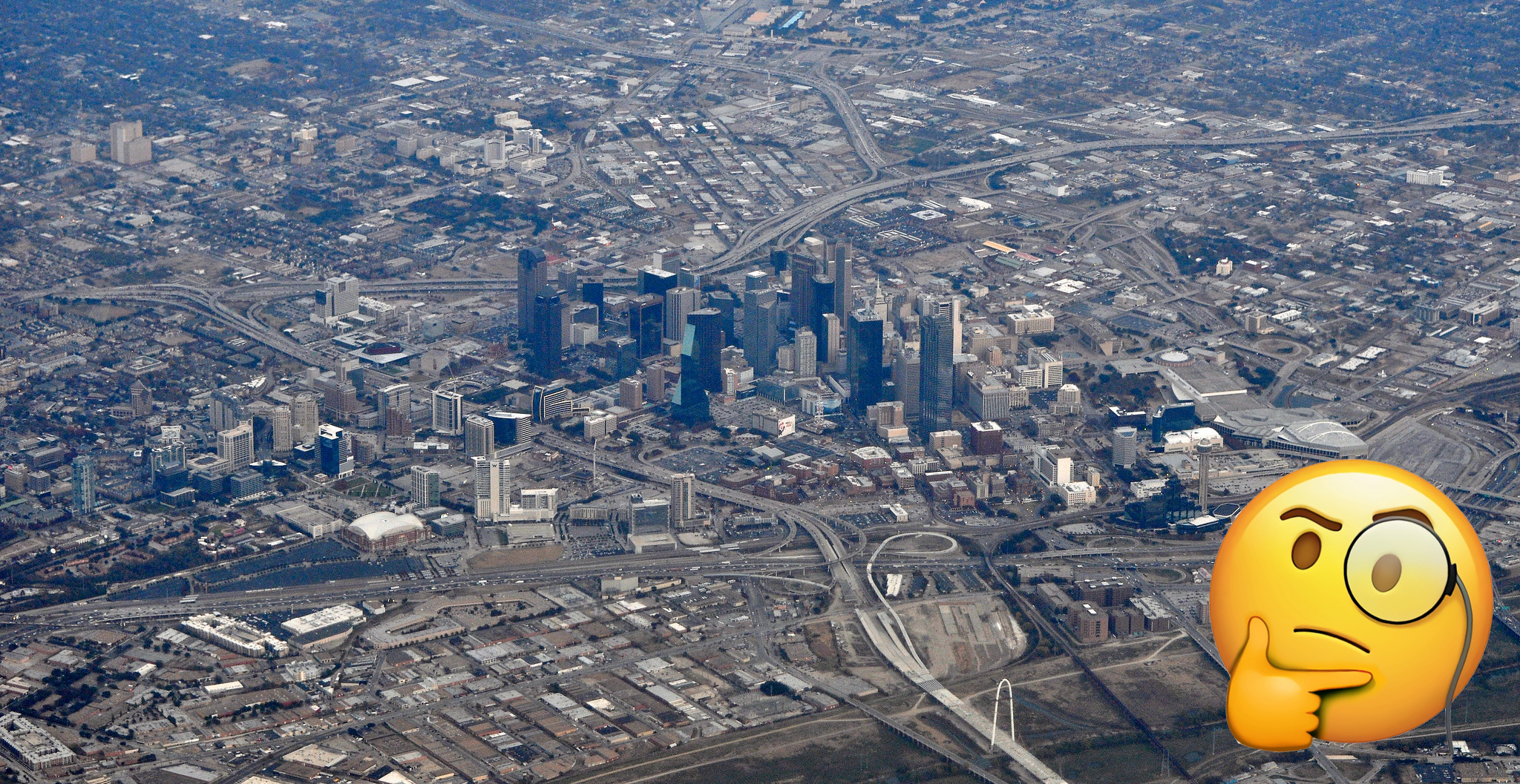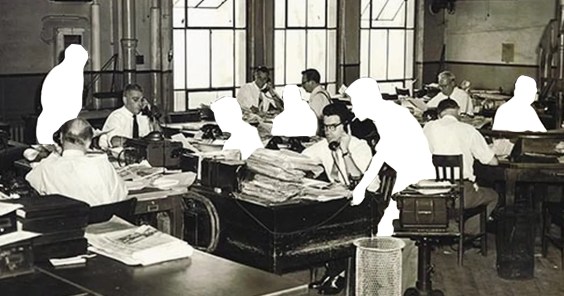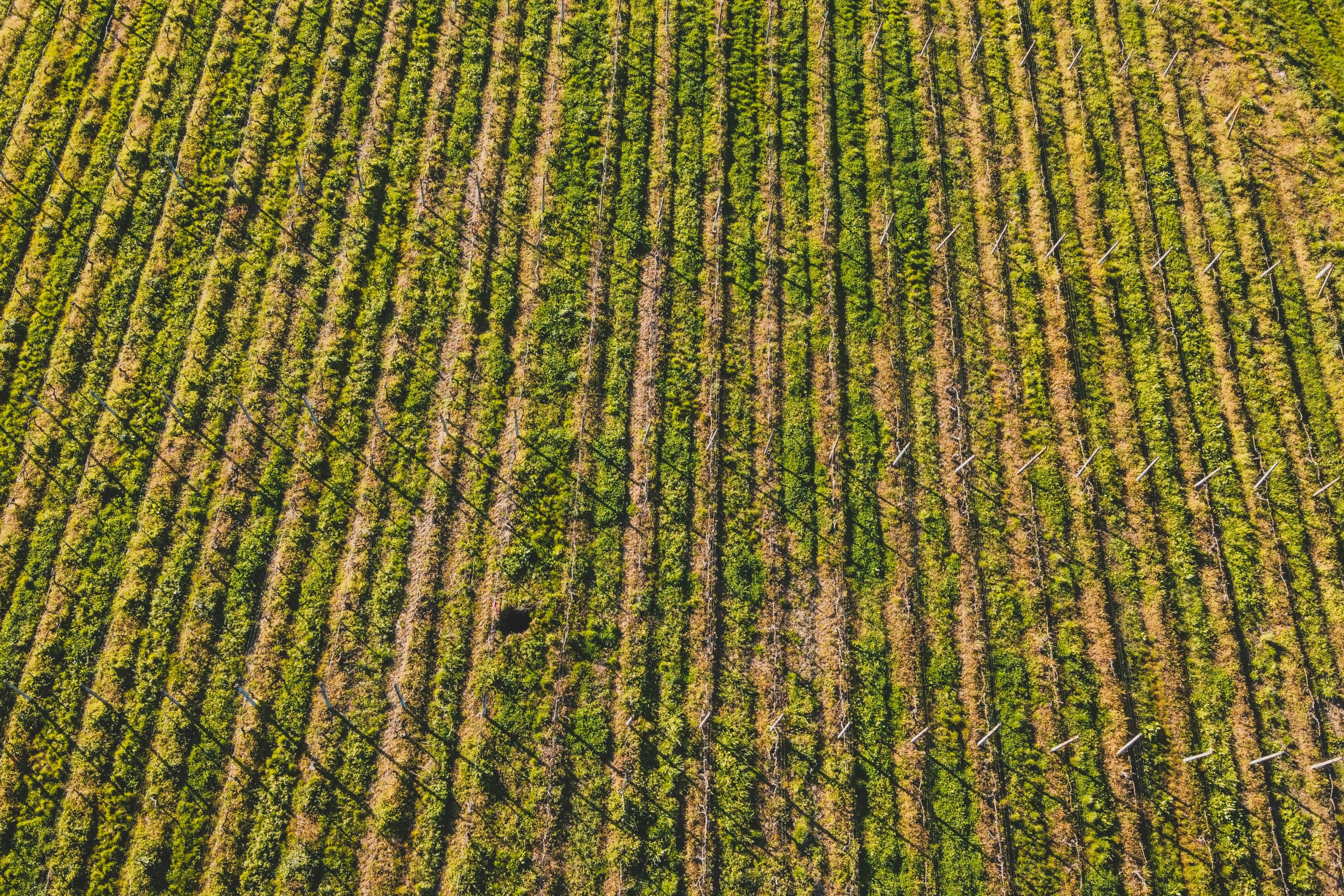This article originally appeared on the America Walks blog and is reprinted here with permission.
“Meet the people choosing to live car-free in Dallas.”
The headline from the Dallas Morning News came across my social media feed recently and I couldn’t resist clicking it, and watching the short video about a woman who lives in the Big D without owning a car.
It hardly seems newsworthy that someone could live in a major American city of 1.3 million without a car. Unless you’ve spent any time in Dallas.
In 1994, I moved from Baton Rouge to Dallas to start high school in the city where my mom had relocated for work. My new home was different in many ways from the place I’d been raised, but perhaps the most pinpointable to my proto-urbanist consciousness was the way in which it was devoutly committed to concrete and automobiles.
My hometown, where I lived with my dad and attended underfunded Louisiana public schools, was hardly a paradigm of walkable urbanism. The subdivision where I grew up didn’t even have sidewalks. My dad routinely drove me to the school bus stop.
Even so, in Dallas I was struck by the normalcy of hour-long commutes across town and driving 90 miles per hour on toll roads and highways that bisected the city’s sprawling, low-density footprint. Cars also weren’t just a means of getting around — they were the ultimate status symbol. Valet parking was everywhere — even at the mall and the grocery store. The student parking lot at my private girls’ school looked like the showroom of a fancy European car dealer, the attendant watching over it was among the most beloved members of the school staff.
Once the shock of my new environment wore off, it didn’t take me long to fall under the spell of Dallas’s car-centrism.
Former Bogota Mayor Enrique Peñelosa famously said: “An advanced city is not one where the poor own a car, but where the rich take public transport.” When I lived in Dallas, my then-stepfather’s occasional suggestion that I take the city bus to school rather than have him drive me felt like a particular brand of cruelty. Public transit was simply not an option that one would willingly choose.
My attitudes about mobility fundamentally shifted during a college semester abroad in Paris where I first experienced the freedom and joy that came from life in a walkable city, racking up many miles each day on my well-worn (and fashionable) tennis shoes.
Upon my return to the U.S., I watched glumly from the window of my mother’s car as she drove me home from DFW airport through gridlock and what felt like a barren landscape of strip malls to our north Dallas subdivision of matching brick single-family homes. Unwilling to let go of my newfound zeal for pedestrianism and car-free living, I continued to walk everywhere I could, a habit that on multiple occasions caused a Good Samaritan to pull over to ask me if I needed a ride, certain that I was walking not because I wanted to but because my car had broken down.

My mom moved from Texas years ago, and I haven’t had many reasons to return to Dallas in the past couple decades. So when I went back last year for a high school reunion, I was pleasantly surprised by some of what I saw.
My husband and I stayed car-free in a downtown hotel and we went for morning runs along the Katy Trail, a rails-to-trails greenway that is now a thriving community gem. I took note of the new mixed-use development that has risen up around light rail that barely existed when I lived there and now stands, according to DART’s website, as one of the longest systems in the country. I saw bike lanes – even if they tended to be unprotected and along high-traffic roads — and bike share bikes scattered around town, along with a number of new off-road trails. Perhaps most conspicuously, once-neglected older, pedestrian-scale neighborhoods – with trees and sidewalks and a variety of uses – were now experiencing a renaissance, filled with people on a Saturday night when I met up with a bunch of old friends for dinner.
We even walked from dinner to a nearby bar. And no one asked us if we needed a ride.






